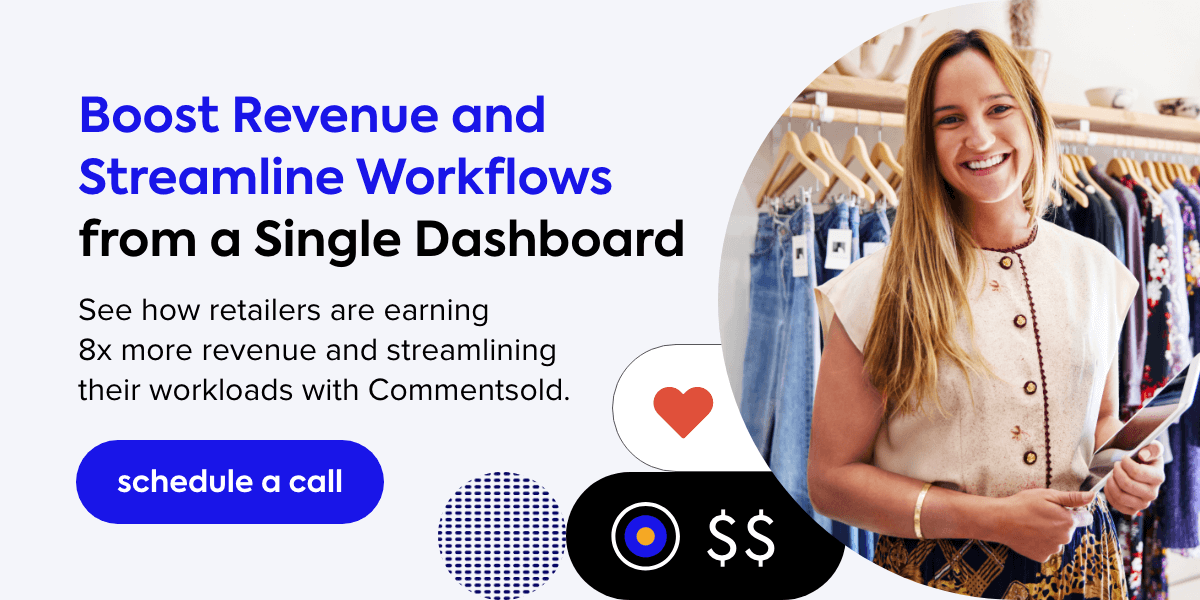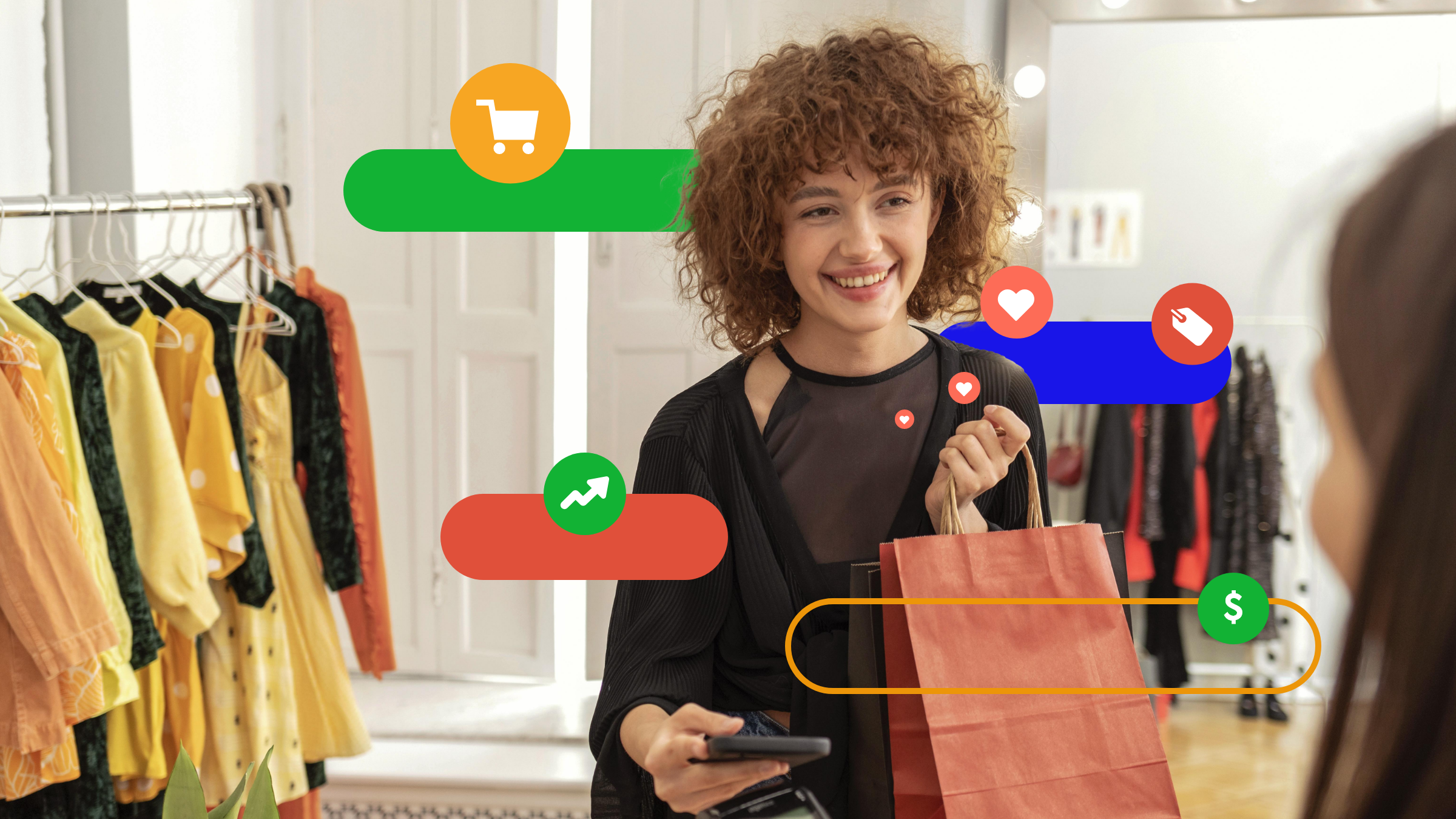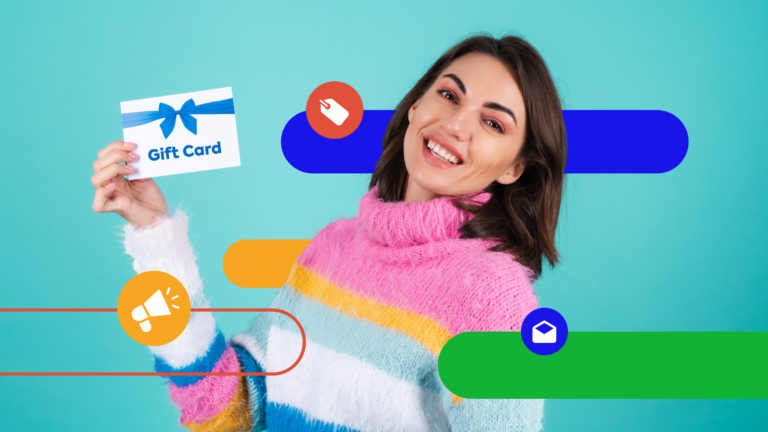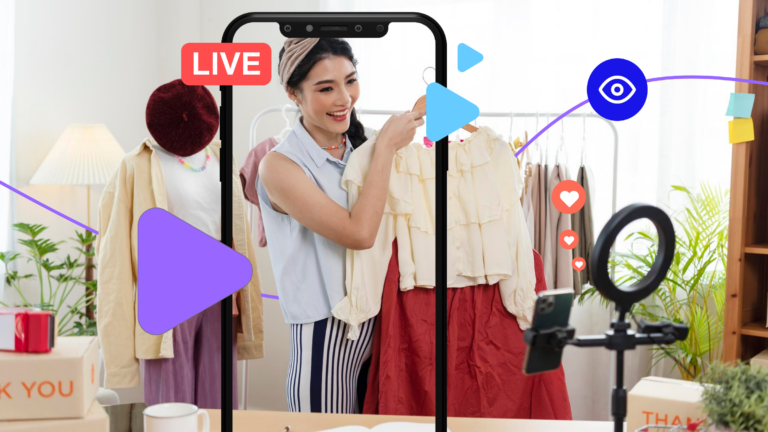It goes without saying that with the higher standards set by today’s consumers, it is no longer sufficient for businesses to simply provide good products or services. Your customers anticipate support from your brand even after they purchase from you. Customers buy more than just the product, they also “buy” the accompanying experience and way of life associated with your products. Customer loyalty is the cornerstone of your prosperous business and can greatly influence your brand’s long-term success. Your brand may decrease churn, boost repeat business, and increase its bottom line by nurturing loyal consumers. In this blog, we’ll examine customer loyalty, its advantages, and how to foster and sustain it.
What Are Customer Loyalty Programs?
Brands use structured marketing strategies designed customer loyalty programs to reward and keep current consumers hooked in. These initiatives encourage consumers to do business with a company again and develop a stronger, more enduring relationship. Customers that make repeat purchases recommend friends or family members to the business or interact with it in other significant, incentivized ways—typically through prizes, perks, or exclusive benefits via a customer loyalty program. Frequent flyer miles, cashback rewards, point systems, special discounts, and personalized offers are a few examples of loyalty programs. Increased customer retention, brand loyalty, and business expansion are the three main objectives of a customer loyalty program.
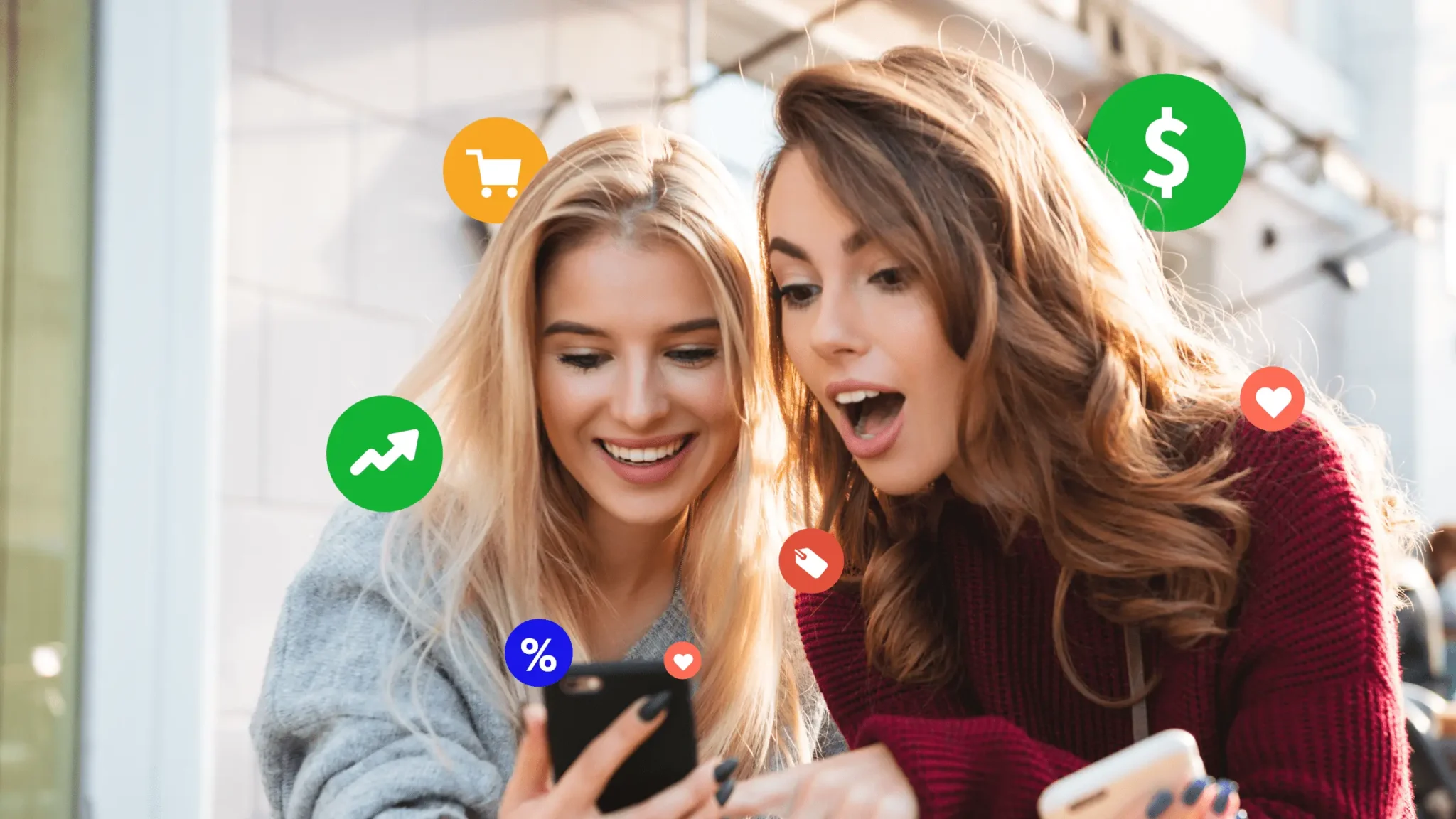
Types Of Customer Loyalty Programs
There are several types of customer loyalty programs to suit all kinds of customer relationships. In addition to point-based programs, there are tiered, payback, paid, coalition, and gamified programs. Each program has certain advantages of its own, so you should pick the one that best suits your brand’s objectives and clientele. Let’s dive deeper and learn more about the different types of customer loyalty programs:
1. Points-based Customer Loyalty Program
Points-based programs award customers points for purchases from your business, which they can redeem for rewards or discounts. For example, you can offer 10 customer loyalty points to your customers for every $50 they spend on your products.
2. Tiered Customer Loyalty Program
Tiered programs offer different levels of rewards or benefits based on a customer’s loyalty status. Customers who make more purchases or engage with the brand more frequently can unlock higher tiers and receive more valuable rewards. You can implement such a customer loyalty program by creating a gold, silver, bronze, or platinum status.
3. Cashback Customer Loyalty Program
Cashback programs offer your customers a percentage of their purchase price back in cash or store credit. This type of program is common among online retailers and credit card companies. You can offer $10 cashback to your customer every time they spend $50 purchasing your products and transfer the cashback amount back to their source account or offer them the same value store credit for your online retail store.
4. Paid Customer Loyalty Program
Paid programs require customers to pay a fee to join this customer loyalty program but offer exclusive benefits or discounts in return. The fee is usually kept low and includes multiple benefits, for example, early bird access, exclusive “paid-program member only” deals, and other lucrative offers. You can also offer customers extra value deals such as collaborating with one of your friends or family cohort brands and an additional 5% off every time they purchase from those businesses.
5. Coalition Customer Loyalty Program
Coalition programs are partnerships between different businesses that offer joint rewards or benefits to their customers. You can partner with another retailer to host such a customer loyalty program. Say you are an online retailer selling organic natural hair dyes. You can partner with a local salon that stocks your products, and both businesses can offer back-and-forth deals between your business and the hair styling business for your common customers to enjoy and splurge on.
6. Gamified Customer Loyalty Program
Gamified programs use game-like elements, such as badges, leaderboards, or challenges, to motivate customers to engage with the brand and earn rewards. You can create a monthly leaderboard chart for your customers who spend the highest amount at your online shop and offer them lucrative deals such as an extra 20% on their next purchase. Moreover, you can also provide them an “affiliate code” so that your highest spending members can add some additional cash points every time one of their friends or family buys products from your shop using the “affiliate code” of your highest paying customers.
How Do Customer Loyalty Programs Work?
Customer Enrollment
A customer loyalty program’s enrollment procedure is registering for the program. In order to access the incentives and perks provided by the program, customers often give their personal information, such as their name, email address, and, occasionally, their purchase history. Depending on the program and the brand, enrollment can be done online, in-person, or via your brand’s mobile app. After signing up for a loyalty program, a consumer can gain points and perks by making purchases, introducing friends and family, or interacting with your business.
Earning Points
In a customer loyalty program, you earn points through purchases, brand interactions, or other qualifying activities outlined by your brand’s loyalty program. Customers can earn and accumulate points over time, which can then be exchanged for incentives or perks provided by the program. A consumer might, for instance, receive 10 points for each dollar spent on a transaction or 100 points for bringing a friend to the program. Customers can advance through the program’s tiers and access increasingly valued incentives as they accrue points.
Tier Progression
Tier progression is moving up through the program’s many levels or tiers based on a customer’s participation or spending level. Loyalty programs typically have several tiers, each offering increasingly valuable prizes and perks. By fulfilling prerequisites like making a certain number of transactions or spending a certain amount of money, customers advance to higher tiers. Customers access more valued prizes through the levels, such as exclusive discounts, cost-free goods or services, or other benefits. Tier progression aims to reward customer loyalty with more valuable advantages and incentivize them to interact with the business more deeply. You can nurture exclusivity and VIP treatment by providing tier advancement, increasing client loyalty, and boosting sales.
Customer Loyalty Programs: The Takeaways
A customer loyalty program helps you foster closer bonds with your clients, boost client retention, and spur long-term revenue development for your brand. You’ll benefit from:
- Increased Customer Retention
Customers are encouraged to stay loyal to your brand through loyalty programs, which increases client retention and promotes steady revenue growth. - Enhanced Brand Loyalty
You can create brand loyalty and positive customer perception by rewarding and benefiting your clients through customer loyalty programs, which can help you set your business apart from your competitors. - Improved Customer Experience
By offering individualized rewards and privileged access, your brand’s loyalty programs can enhance the customer experience by making patrons feel cherished and appreciated. - Increased Customer Engagement
Loyalty programs can boost consumer engagement and motivate patrons to engage with your brand more frequently, which raises brand recognition and customer lifetime value. - Valuable Customer Insights
Loyalty programs can give your business insightful consumer behavior and preferences data, enabling you to target your marketing and product offerings better.
Customer loyalty programs are a successful brand strategy to deepen client relationships and seal in long-term revenue generation. Promote customer retention, foster brand loyalty, and enhance the entire customer experience by providing rewards and advantages that encourage customers to keep doing business with your brand by implementing a well-thought-out customer loyalty program to engage and inspire customers. Loyalty programs must be designed carefully, with a clear grasp of the needs and preferences of the target audience. You can develop customer loyalty programs that offer real value to your clients and foster stable business growth by adhering to these fundamental guidelines.
